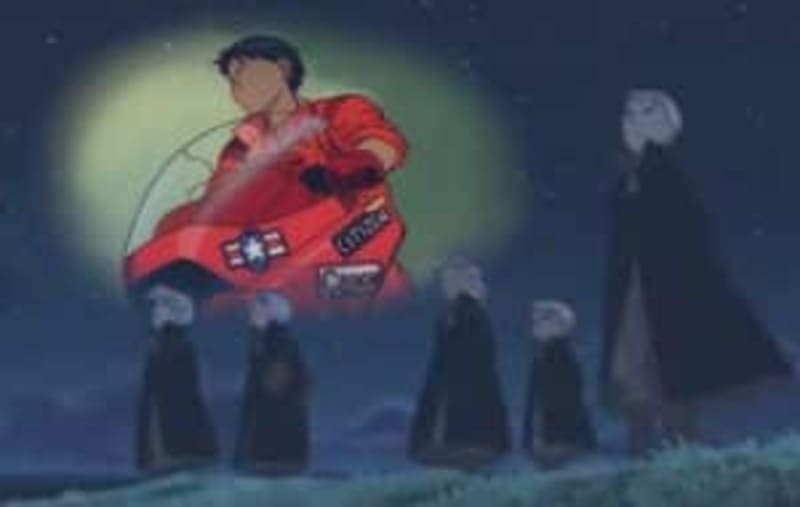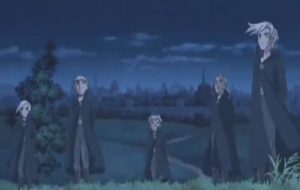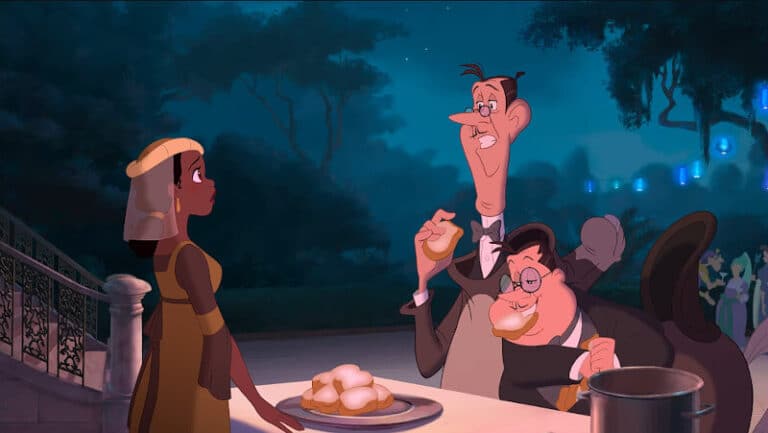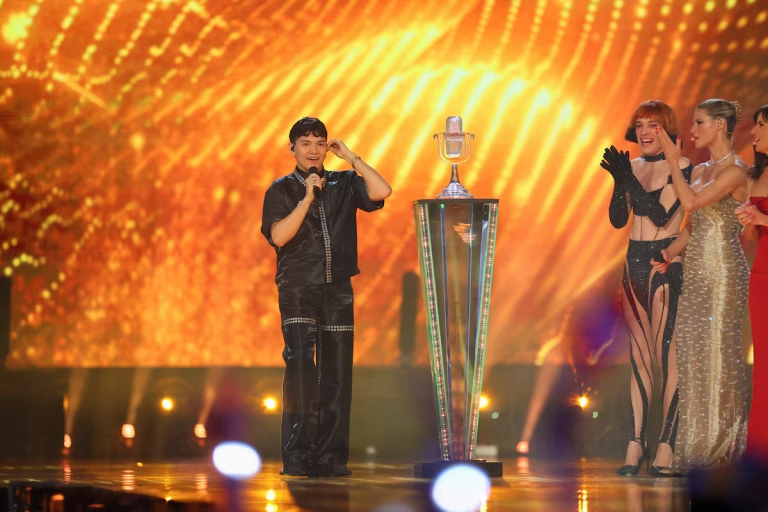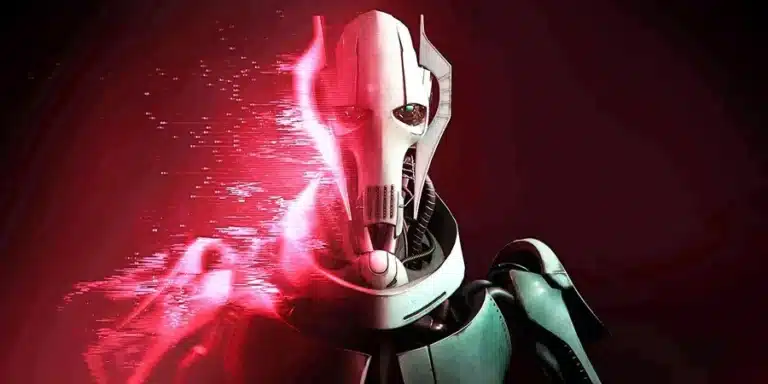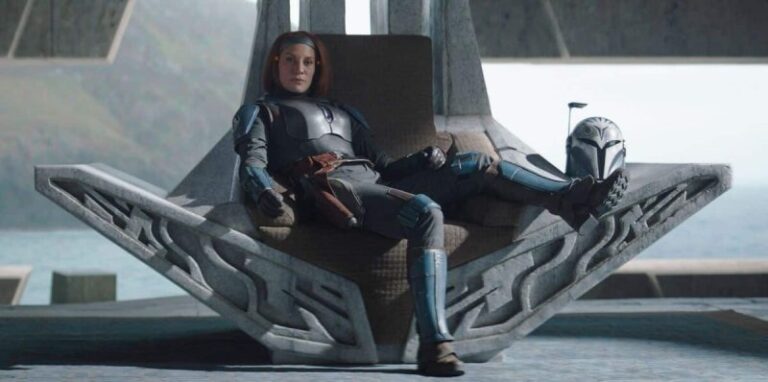Fantastic Children, Akiras Lead Animator Little-Known 2004 Mystery Sci-fi
In 1988, the beloved cyberpunk anime film Akira debuted in Japan’s theaters. Its director and mangaka, Katsushiro Ôtomo, managed to capture the hearts of anime fans thanks to its gruesome storytelling, post-apocalyptic environment, and high-action scenes. The film wouldn’t have been possible without its lead art and animation direction from Takashi Nakamura.
However, I didn’t see Nakamura’s work through Akira. Instead, I’ve experienced it in his 2004 sci-fi anime, Fantastic Children. In 2008, my second oldest brother gave me and my siblings a digital media player filled with folders of pirated anime, as anime exports to the United States were rare. When we chose to watch Fantastic Children, we were captivated by its art design, story direction, and music.
What is Fantastic Children?
The name of Takashi Nakamura‘s sci-fi anime is strange, yet you can’t help but wonder why these children are described as fantastic. The story involves seven wandering children with white hair, blue eyes, and around age 12. For centuries, they have been spotted around Earth, never aging.
This group is made up of five boys and two girls. There names were: Agi, Soreto, Hesma, Hasmodye, Tarlant, Mel, and Palza. Together, they are the Children of Belfort, since their earliest sighting was in Belfort, Belgium in 1489.
In the other half of the story, we follow the 11-year-old orphan Helga Lui. She is a young artist who runs away from the Chikao Island Orphanage multiple times thanks to her friend, Chitto. Soon, she meets a young, energetic boy named Tohma who later assists her in searching for the place she repeatedly draws.
Why Do They Wander?
According to researcher Toto Radcliffe, he believed these children were demons who possessed young children and disposed of the bodies in year 12. Close, but not quite. The Children of Belfort are a group of scientists from the blue planet Greecia, transferring their souls to Earth from their humongous bodies.
Throughout the show, they search for someone named Tina. To identify her, Tina must have an artistic ability to recreate a specific image. This picture consists of a floating island with two towers across a large body of water, a starry night sky, and a thin crescent moon.
To the children, it’s a memory of Greecia. Any artist who recreates it does not know of its origin. However, they are cursed to lose someone close to them and die later on their lonesome.
The Children of Belfort rarely stop anywhere to rest as they are constantly followed by shadow entities called Enma. The Enma can attack them using dimly lit areas and the children’s shadows. These shadows will attack in large groups to transfer the children to a dimension known as the Zone, a liminal space to trap wandering souls and execute them from existence. To escape it, you must destroy the number of Enma that captured you and everyone else.
When an Enma captures one of the children, the child is shown the happiest moments of a past life they experienced. In their perspective, they are interacting with the family they care for or have shown them their kindness. In the other children’s eyes, they see their friend curling in fear at first, then they are smiling and talking to nothing.
To prevent this, they reserve a memory rod to remind the affected child of their peaceful memory of Greecia and who they are. However, these rods are in limited supply; Agi and his companions only have one each. When no one has their memory rod, they succumb to the memory and the mind of their current body will take over.
Finally, there’s the mysterious eighth child, Dumas. Like the Children of Belfort, he too searches for Tina at his father, Gueroca’s, request, and wants to live with her in Greecia. He also possesses the white hair and blue eye genes but can grow up to age 17.
Dumas works alongside the military science organization known as GED. He assists in conducting research and experiments with the unknown material, Orsel, with government scientist Gherta. Thanks to Gherta’s devotion to studying it Dumas extended his soul’s life cycle.
These details are placed for the viewer to follow along and predict what will happen towards the end. I found this to be the high point of Nakamura’s narrative.
Fantastic Children‘s Art Design
Nakamura’s character art is on full display here. If you are a fan of Akira, Ghibli, or both, you may enjoy these designs—they are a mixture of ’60s and ’90s anime. When I first saw this anime as a child, it felt like I was watching a Ghibli drama, since I had watched Castle in the Sky and Spirited Away multiple times.
Before Akira, Nakamura worked alongside Hayao Miyazaki on Ghibli’s 1984 film, Nausicaä: Valley of the Wind. In a 2017 interview with All the Anime with Andrew Osmond, he asked Nakamura about his experience with the film. He responded that Miyazaki wanted the animators to use their imagination rather than research live-motion like Disney, which Nakamura heavily loved about the studio.
Compared to his animation and art direction on Akira, Ôtomo knew what he wanted as the story and scenes were already displayed in the original manga. They collaborated on every single detail to bring the cyberpunk sci-fi to life. Both films ended up stapling Nakamura’s work with high praise in the anime industry, yet he wanted to continue to find his ground.
Fantastic Children‘s designs were originally depicted as rough, using paint and graphite pencil. Under the anime’s studio, Nippon Animation, the animators instead finalize the character animation using clean digital art while the background is kept as traditional. If you’re curious about what Nakamura’s animation could have been, you should check out his 2013 short film, Shashinkan.
Unlike Akira, the Future is in 2012
While Nakamura brought the cyberpunk city in Akira to life, Fantastic Children takes a more serene approach to its environment by taking inspiration from the Southeast Asian Archipelago and Europe. During scene transitions, you will see location names and years on the bottom of their frames as travel is essential to the series. Fantastic Children‘s time range goes from 1583-2012. You progressively watch the world change as you follow the story.
The Southeast Asian Archipelago has islanders travel by row and motorboats. Scattered on these islands are ruins of temples and Buddhist statues. For the mainland, the population travels by foot, train, and small vehicles. Parts of the mainland’s countryside are littered with war tanks and wrecked buildings to show how much destruction it has experienced.
So what about Greecia? Surprisingly, the planet’s setting is an advanced ancient civilization. There is a mixture of advanced technology and Renaissance architecture. As a finishing touch, Greecia’s social norm follows a hierarchy, ranging from common folk to kingdom rulers.
The Belfort Children demonstrates Greecia tech using flight vehicles called fog boats to travel long distances. They are stored in the back of Tarlant’s robot guardian, Wonder, who acts upon her instincts and his commands. It’s unknown when he called her from Greecia to wait for him on Kokkuri Island. They also carry small storage capsules attached to their belts that contain an Orsel blade to combat the Enma.
A Beautiful Soundtrack
Ueno Koji
Fantastic Children: A Gift to Greecia is a phenomenal soundtrack with its combination of string and piano arrangements. Series’ composer, Koji Ueno, has created a track for every occasion. Chases have these strange honking noises before the violins join in for the running movement, melancholic scenes have a dreaded piano cello duo that shows us character tension and sadness, and drums for confrontations accompanied by strings and horns humming.
Voyage to the Slumbering Water
The anime’s opening and outro are a match made from heaven. Both songs are composed with Fantastic Children‘s overarching tale of discovery, loss, and searching. And Ueno Koji did not do this alone.
The opening, Voyage, has an orchestrated accompaniment thanks to the teamwork of music arranger Takanori Eguchi and composer Mayumi Yamazaki. Then they combined the lyrics written by Mikio Sakai and the vocals of Inori, you are greeted by the glorious sound of string instruments who welcome you to take flight onto a long journey. While I couldn’t find any other works of Inori, Yamazaki, and Eguchi, Sakai Mikio is known for his opening arrangments on s.CRY.ed and Code Geass.
Followed by Fantastic Children’s outro, Mizu no Madaromi, you are invited by the subtle drum beat, gentle bells, and a whimsical flute. This piece is composed and arranged by Ryo Kunihiko. Alongside him was Marmalade Boy‘s lyricist Rie Hamada, whose words were sung by the late Ghost in the Shell S.A.C vocalist, Origa.
To this day, I still listen to its soundtrack whenever I need to feel motivated. After revisiting this series in 2022 and researching its development, Fantastic Children is still buried in the anime scene.
Still Fantastic
Fantastic Children is a treasure to me. Its story elements inspired me to become a fiction author and a mystery enthusiast. The nostalgia I have for it lingers in my very soul. Seeing this small series blossom from a legend in the anime industry is incredible. Yet, it slowly fades into obscurity.
Throughout the years, Fantastic Children can be watched on Amazon Prime. Now it’s unavailable in certain countries, including the US. Finding a DVD collection of the series is scarce unless you are willing to order the Fantastic Children Anime Legends Complete DVD set. Because of these circumstances, fans who grew up or knew about Nakamura’s hidden gem uploaded the series to various anime watch sites and VPNs to bypass the region lock.
Fantastic Children‘s soundtrack had a similar reaction. The wonderful Ryo Kunihiko does not have this anime in his discography yet anime fan sites like MyAnimeList still credited him for his work on the production. Luckily a fan on YouTube managed to preserve it under the username, cristianotorres3. The Japanese music seller, Suruga-ya, still holds the physical CD of this series to this day for collectors to buy at its retail price.
And I’m happy to see Nippon Animation’s official website has also kept Fantastic Children under their production list with a smiling Tohma as the series’ icon. Watch this show if you are a Takashi Nakamura lover or want a good mystery.
For More Great Content
Total Apex is an all-around media informer passionate about entertainment, gaming, sports, and anything your curiosity wants to seek. Follow our Sports, Entertainment, Gaming, Betting, and Fantasy Sports homepage for more articles. Find us on X @TotalApexE&G and @TotalApexSports!

